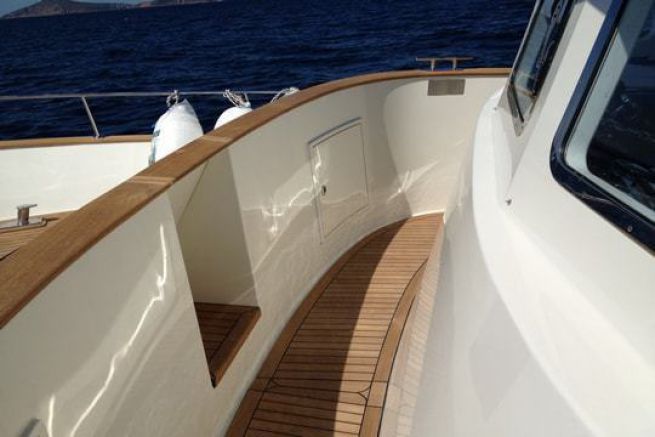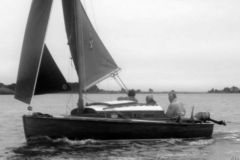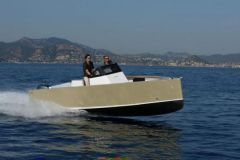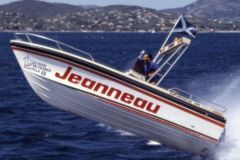It was while reading the Montecarlo Yachts press release on the new MCY 80 that we discovered the term "Portuguese deck. "What the hell does that mean?"
Looking at the picture, we quickly understand that it is a protected circulation in the extension of the gangways, in front of the cockpit (powerboat), the wheelhouse (trawler) or the superstructure (superyacht). It forms a sort of shield between the foredeck and the wheelhouse thanks to a half-height rail. It is particularly found on trawlers. When the sea is rough, you can enjoy the outside without getting wet or subject to spray.
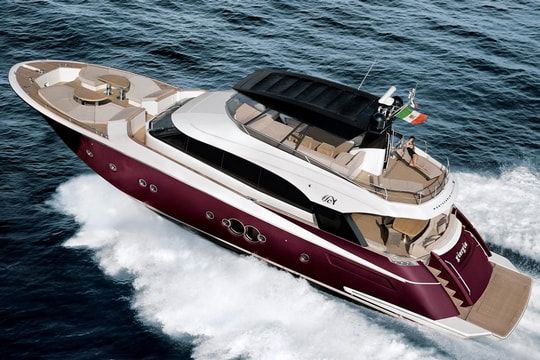
The MCY 76 from Montecarlo Yachts
We interviewed naval architects and designers, but this term Portuguese bridge does not speak to anyone.
Rhéa Marine, a shipyard based in La Rochelle and specializing in tugboats, offers the Rhéa 47 Trawler, which has a Portuguese deck. Florian Coroller, Export Manager of the shipyard tells us more about it
What is a Portuguese bridge?
The Trawler 47 has a Portuguese deck, which is a protected path around the boat, like a gangway, with a door on the front to be able to pass on the front deck. It acts as a barrier between the living areas and the foredeck when the boat is running into big waves.
It was a characteristic architectural element of ancestral ships and fishing boats. They had to deal with heavy weather and therefore had to be able to go around the boat, protected from waves and spray.
Traditional and functional, we find it less and less, because it encroaches on the size of the boat, because the shipyards want to raise the cabins and gain interior volume. And in these cases, we can't keep the height of the side decks and the Portuguese deck. We give priority to the living space at the expense of these specificities.
At Rhea Marine, we continue to use the Portuguese deck, because we need to be protected, especially over long distances.
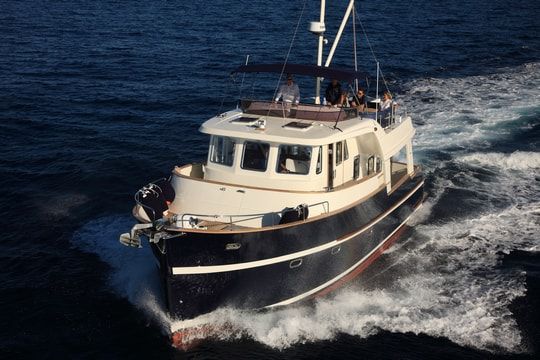
Portuguese bridge on the Trawler 47 of Rhéa Marine
What is the advantage?
It is above all safety, because the water does not pass through the boat and does not flood the gangways or the living spaces. It is also safe for children or elderly people. It is especially preferred on large boats, because the deck is more secure. On our small helmsmen, we don't need a Portuguese deck, because we have fairly high coamings.
It also protects the living space of the boat's working organs (the foredeck is often the place where we work and where we find the boat's maneuvering elements.

Portuguese bridge on the Trawler 47 of Rhéa Marine
